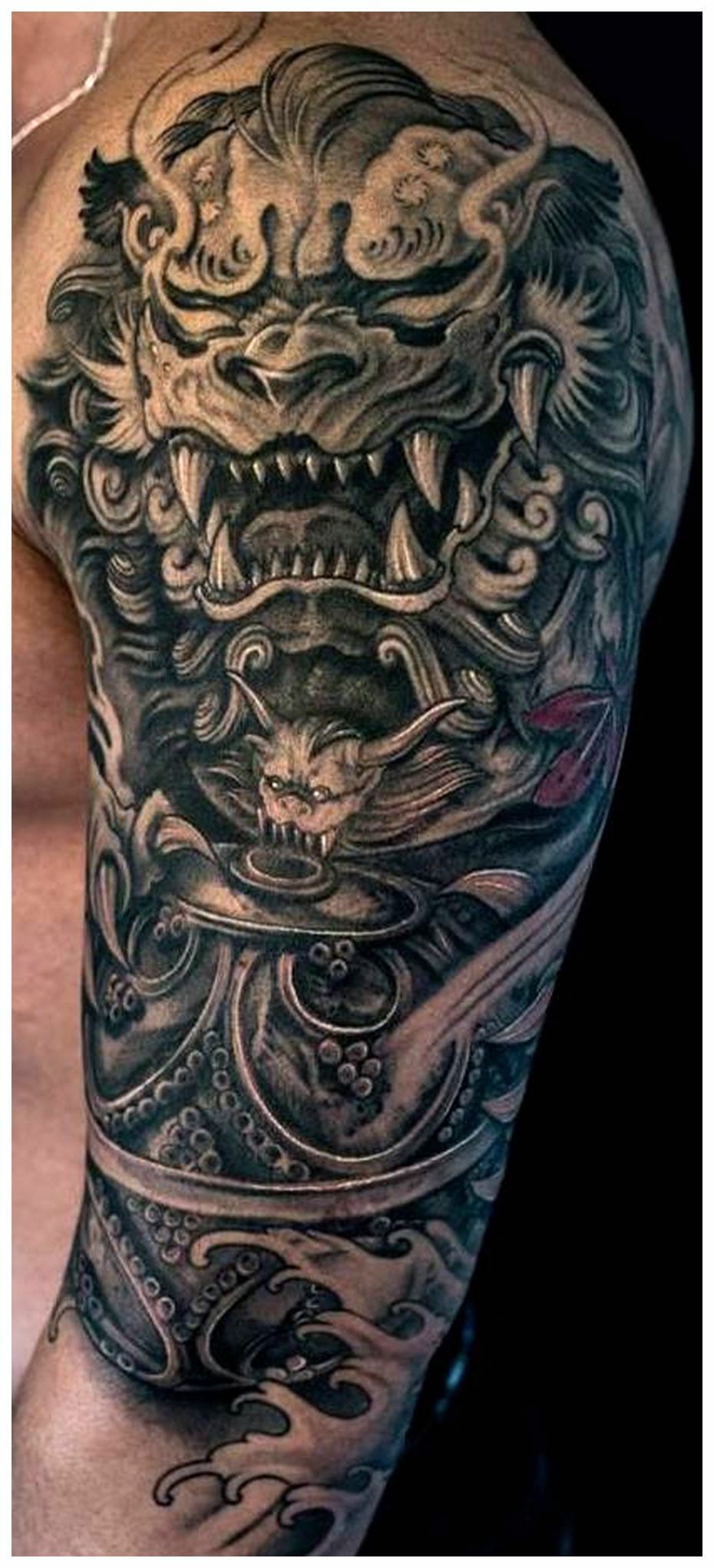

- #Qcad drawing with dimensions download
- #Qcad drawing with dimensions windows
Now use Empujar/tirar on the base of the triangle and stretch it to create volume (Figure 7).
Select the Línea tool and draw a line between the two end points of the L to create a triangle (Figure 6). Select Empujar/tirar again, click on the new rectangle and stretch it to look like the one in Figure 5. Using the Rectángulo tool, move your mouse first horizontally and then vertically to draw a rectangle like the one in Figure 4. Select the Empujar/tirar tool, position the cursor on the base of the rectangle and stretch it to look like Figure 3. Go to the XY plane and draw a rectangle of whatever dimensions you like. In the drop-down menu Formas, choose Rectángulo. We are going to draw a rectangle on the XY plane. Click on the Seleccionar icon on the toolbar, select the person and press the Supr key on your keyboard. 
First we are going to delete the person who appears by default to give us an idea of the scale.
The first screen shows the X, Y and Z axes. Select “Diseño arquitectónico - Milímetros”. When we open the program for the first time, we will be asked to select a template. #Qcad drawing with dimensions windows
There is a version for Windows XP at (Windows XP only supports version 6.4 of SketchUp).
#Qcad drawing with dimensions download
If you do not have SketchUp, you can download a free version called SketchUp Make from (follow the steps to complete the installation). You can do Practical 1 by following the book or by listening to the instructions. Indicate the actual measurements of the object.
Always use the same unit, which we must indicate in the title block displaying the units (“cm”, “mm”, etc.). Do not repeat measurements because this can cause confusion always keep measurements to a minimum. Indicate all the dimensions needed to reproduce the figure. We need to consider the following standards when we dimension drawings: Symbols are sometimes used for clarity: R (radius), ∅ (diameter), (square section). These should be standardised and expressed in mm (if another unit is used, it must be indicated). If there is space, 15° arrowheads are added to the ends otherwise, 45° lines or dots are used. Dimension line end points (arrowheads, dots or lines). They must be at least 8 mm from the edge of the figure. These lines protrude about 2 mm and are used to delimit the dimension lines accurately. These are used to indicate measurements and are drawn parallel to the line that they measure. When we dimension a figure, we indicate on the drawing representing it (views or perspective) the actual measurements that are needed to define it. We use this scale when the measurements of the drawing and the actual size match (S 1:1). 
The scales typically used for scaling up objects in factories and installations are: 2:1, 5:1, 10:1 and 20:1. For example, a scale of “10:1” means that ten units of the actual size are equivalent to one on a drawing. to make objects bigger than their actual size. We scale up when the drawing is bigger than in real life, i.e. The scales most commonly used to scale down objects are shown in the table on the left. For example, a scale of “1:20” means that one unit of the drawing corresponds to twenty units in real life. when the objects represented are smaller in the drawing than the actual size. We scale down when the drawing is smaller than in real life, i.e. We can scale drawings in three different ways: Scale is the relationship between the size of the drawing and the actual size of the object.įor example, if we draw a 200 mm object at 2 mm, we use a scale of We can also express this scale as “1:100” or “1/100”.







 0 kommentar(er)
0 kommentar(er)
